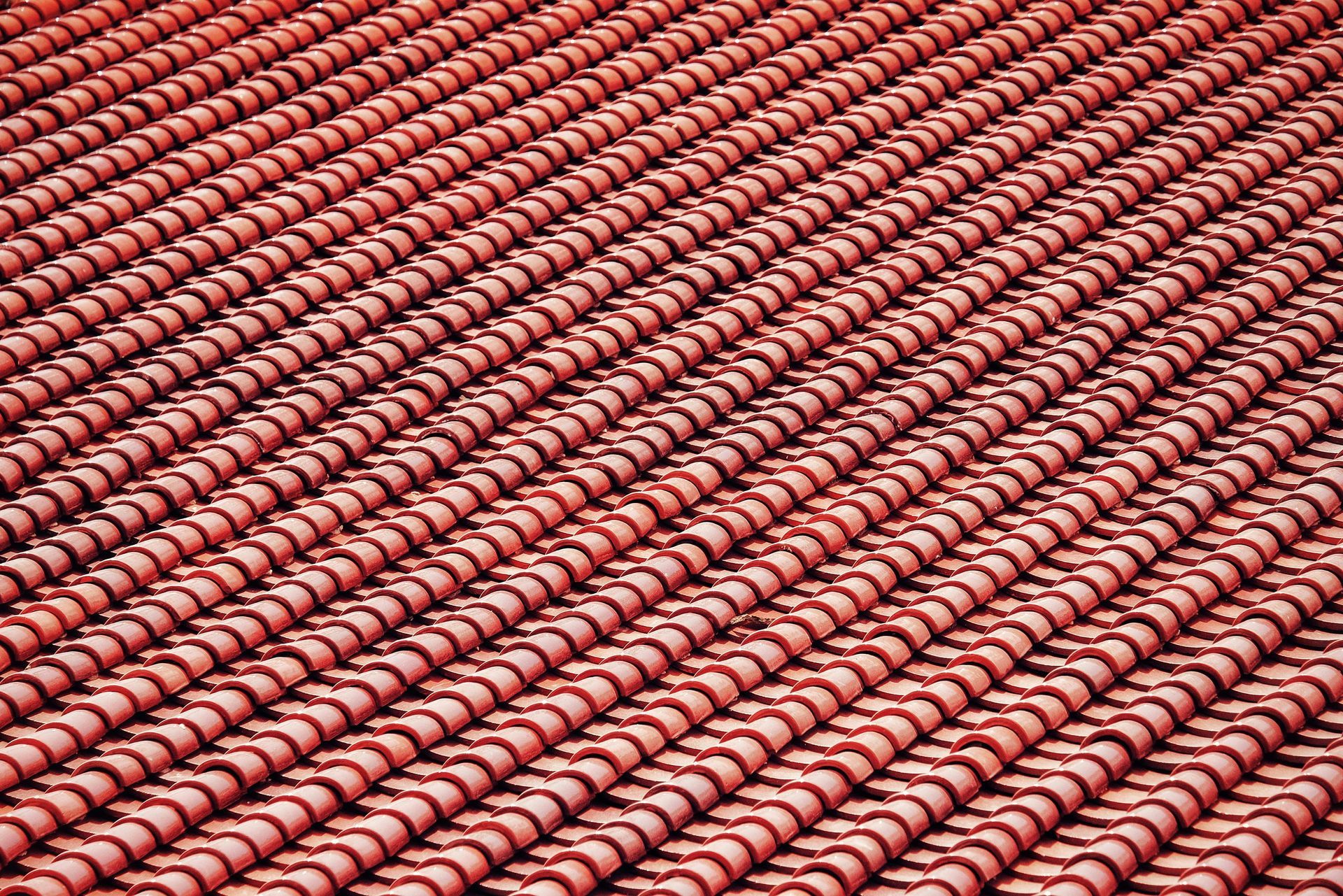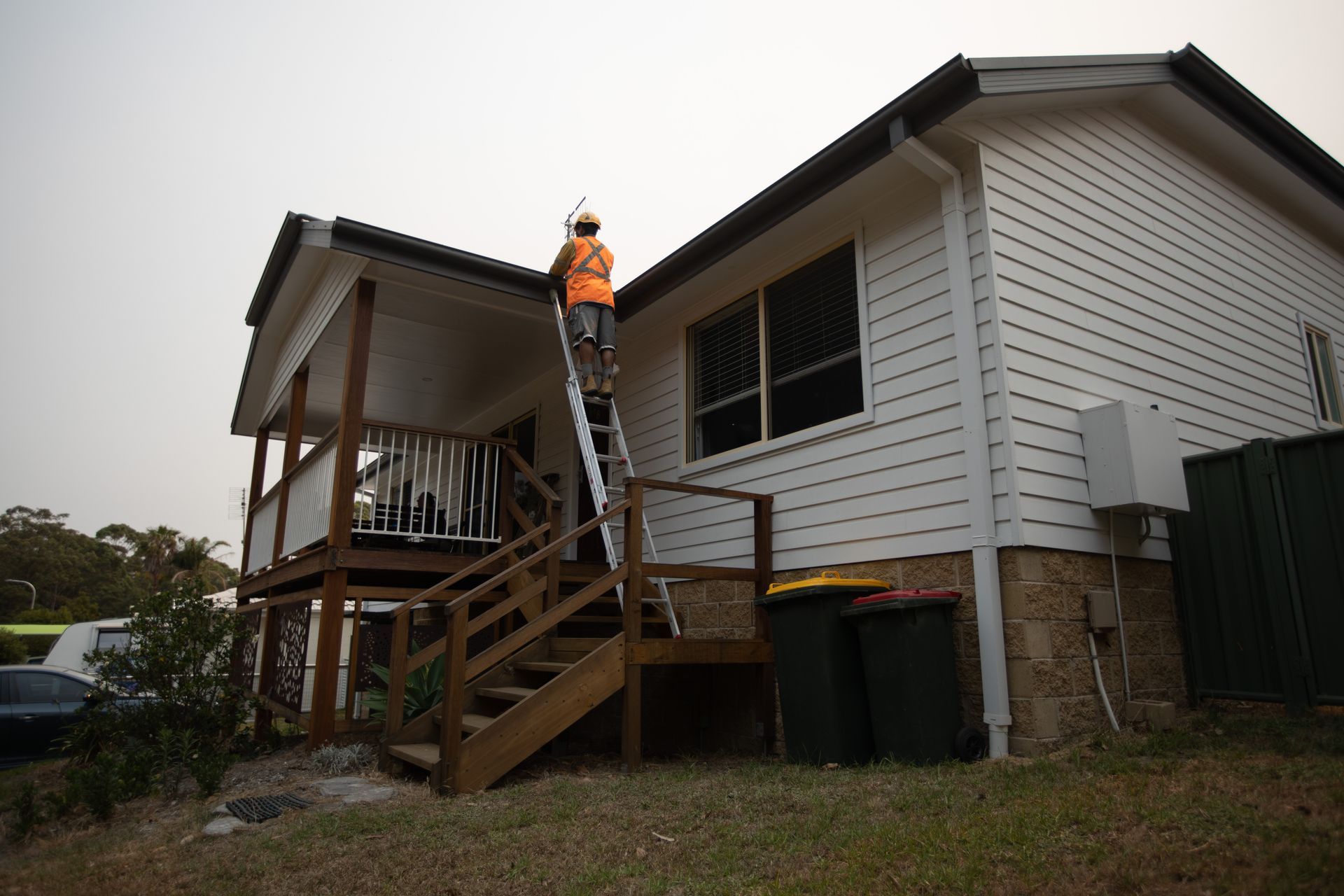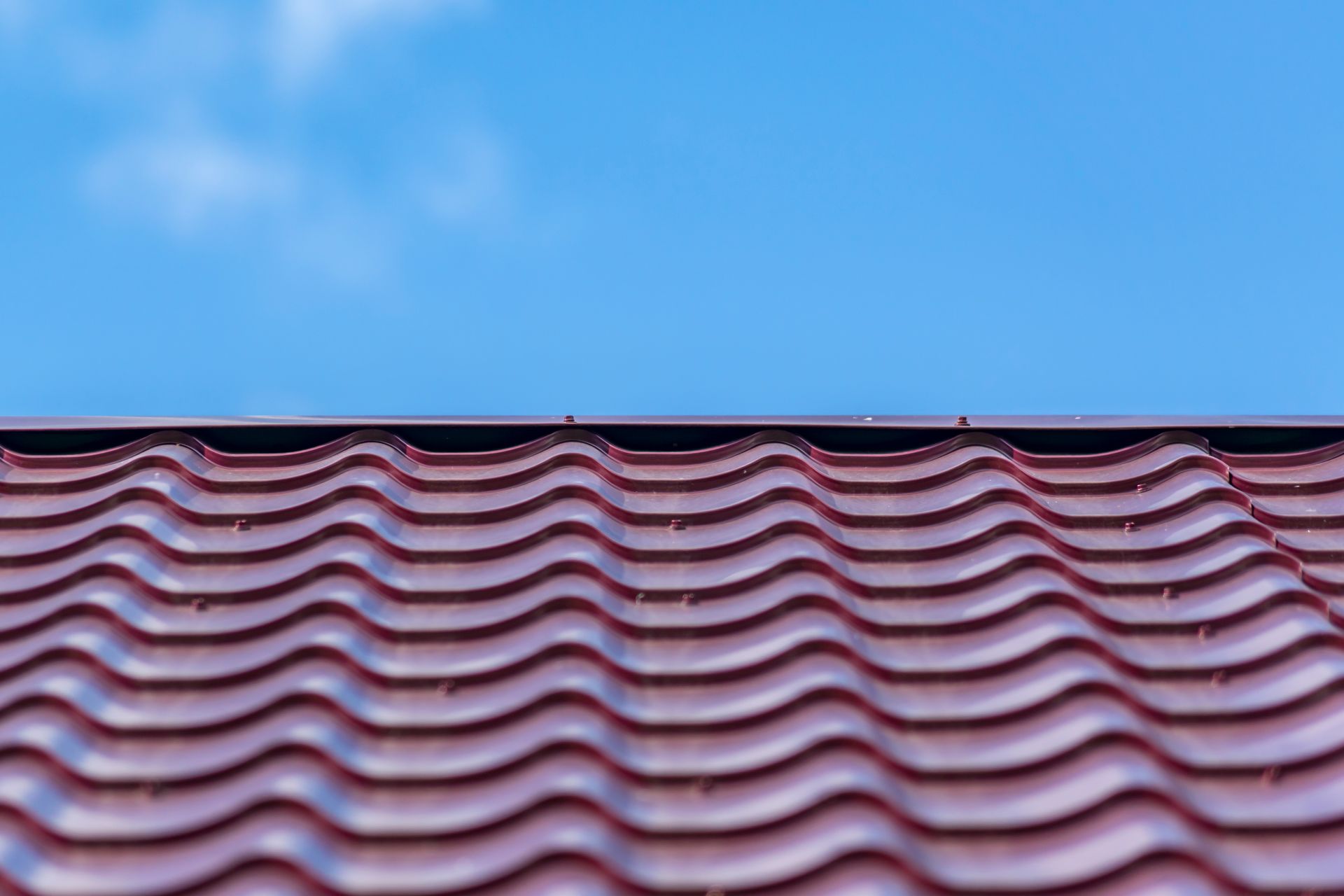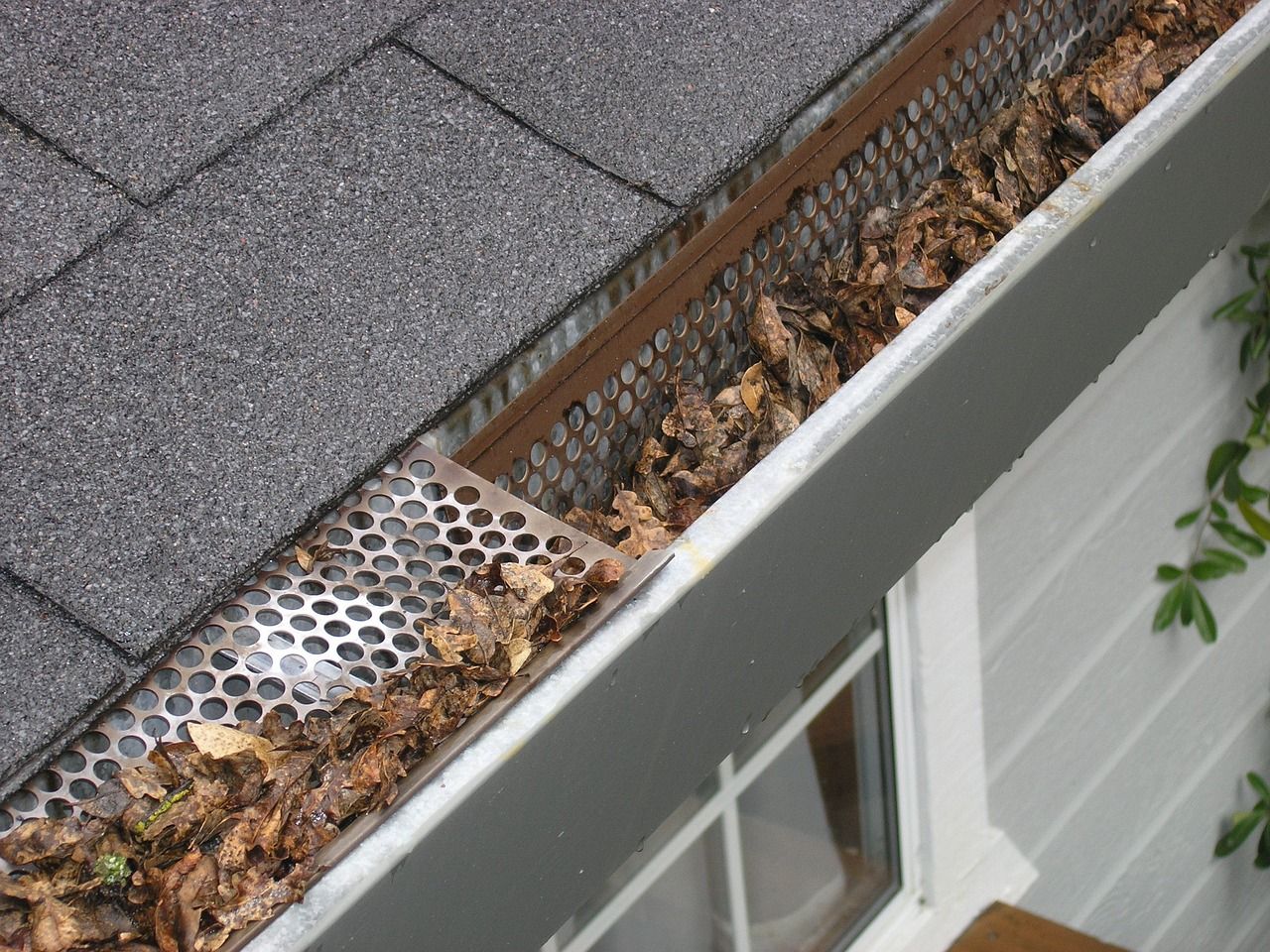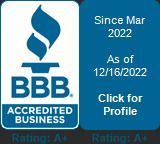Comprehensive Guide on How to Install a Metal Roof Over Shingles
If you're considering a roofing upgrade, installing a metal roof over existing shingles is a cost-effective and sustainable option. Metal roofing offers durability, energy efficiency, and a sleek aesthetic, making it an attractive choice for homeowners. The good news is that you can save time and money by avoiding the labor-intensive process of tearing off your old shingles. In this comprehensive guide, we'll walk you through the steps to successfully install a metal roof over shingles.
Why Choose Metal Roofing?
Before diving into the installation process, it's essential to understand the advantages of choosing a metal roof:
- Durability: Metal roofs have a long lifespan, often lasting 50 years or more, compared to traditional asphalt shingles, which may need replacement every 20-30 years.
- Energy Efficiency: Metal roofing reflects the sun's rays, helping to keep your home cooler in hot weather. This can reduce your energy bills by decreasing the need for air conditioning.
- Environmentally Friendly: Metal roofs are often made from recycled materials and are themselves recyclable at the end of their lifespan, making them a sustainable choice.
- Low Maintenance: Metal roofs are virtually maintenance-free, which saves you time and money in the long run.
- Resistant to Elements: Metal roofs are excellent at withstanding extreme weather conditions, including heavy rain, snow, hail, and wind.
- Aesthetic Appeal: They come in various styles and colors to suit your home's design, adding a modern touch to your property.
- Increased Property Value: Installing a metal roof can increase the resale value of your home due to its durability and energy efficiency.
City skyline
The Pre-Installation Checklist
Before you start the installation process, there are several important steps to take to ensure a smooth transition to a metal roof:
- Safety First: Always prioritize safety. Ensure you have the necessary safety equipment, including harnesses, helmets, and proper footwear.
- Permits and Regulations: Check local building codes and regulations. You may need a permit to install a metal roof, and compliance is crucial.
- Materials and Tools: Gather all the necessary materials and tools, which typically include metal roofing panels, underlayment, fasteners, sealant, and the appropriate tools like screw guns, snips, and a hammer.
- Weather Forecast: Plan your installation on a clear, dry day. Metal roofing installation is not advisable during rainy or extremely windy conditions.
- Roof Inspection: Examine the current condition of your shingles. Ensure that the existing roof is in good shape without any significant structural issues or water damage.
- Ventilation: Check the attic for proper ventilation, which is essential for preventing moisture buildup and ensuring the longevity of your new metal roof.
- Remove Obstacles:
Clear the roof of any obstacles, including loose debris, satellite dishes, or antennas.
The Step-by-Step Installation Process
Now, let's dive into the step-by-step process of installing a metal roof over shingles:
Step 1: Prepare the Roof
Before starting the installation, make sure the roof is clean, dry, and free of any loose or damaged shingles. Repair any issues, such as leaks or rot, and secure loose shingles. If you're unsure about the condition of your shingles, it's best to consult a professional roofer.
Step 2: Install Underlayment
Laying down an underlayment is essential to create a moisture barrier between the old shingles and the new metal roof. Self-adhering synthetic underlayment or felt paper is commonly used for this purpose. Start from the eaves and work your way up, ensuring that each subsequent layer overlaps the previous one by a few inches. Secure the underlayment in place.
Step 3: Flashing Installation
Install metal drip edge flashing along the eaves, gables, and rake edges of the roof. This helps prevent water from seeping under the metal panels. Make sure the flashing is securely fastened and extends over the edge of the roof.
Step 4: Measure and Cut Panels
Measure the length of the roof and cut the metal panels to size. Leave some overhang on the eaves (usually about 1 inch) for proper water drainage. You can use a circular saw with a metal-cutting blade, snips, or shears for this task.
Step 5: Panel Installation
Begin installing the metal roofing panels at the eaves, ensuring they align with the edge of the roof. Use roofing screws with rubber gaskets to secure the panels in place. Space the screws according to the manufacturer's guidelines, typically around 12-18 inches apart. As you work your way up the roof, overlap each panel with the one below, typically by an inch or two.
Step 6: Ridge Cap Installation
For a clean and finished look, install ridge caps at the peak of the roof. Ridge caps are specially designed pieces that cover the exposed area where the two sloping sides of the roof meet. They also serve to seal the roof and prevent water infiltration. Secure the ridge caps with roofing screws.
Step 7: Seal Joints and Fasteners
After all the panels and ridge caps are in place, use a high-quality sealant to cover the screws, seams, and other joints. This step is crucial to prevent leaks and enhance the overall weather resistance of your metal roof.
Step 8: Clean Up
Once you've completed the installation, clean up the work area thoroughly. Remove any debris, nails, or other materials from the roof and surrounding areas.
Step 9: Inspect and Maintain
Regularly inspect your metal roof to ensure it remains in good condition. Remove debris and keep gutters clean to prevent water from pooling on your roof.
Conclusion
Installing a metal roof over shingles is a viable option for homeowners looking to enhance their property's durability, energy efficiency, and aesthetics. While it's possible to undertake this project yourself, it's essential to prioritize safety, follow local regulations, and ensure your existing roof is in good condition. By carefully following the steps outlined in this guide, you can enjoy the benefits of a long-lasting, eco-friendly, and attractive metal roof for years to come. Remember, if you're unsure about any part of the installation process, it's always wise to consult with a professional roofing contractor for guidance and assistance.
Remember that each roof is unique, and variations may exist based on factors like climate, roof design, and the type of metal roofing chosen. Always consult the manufacturer's installation guidelines and local building codes to ensure your installation is done correctly and safely.

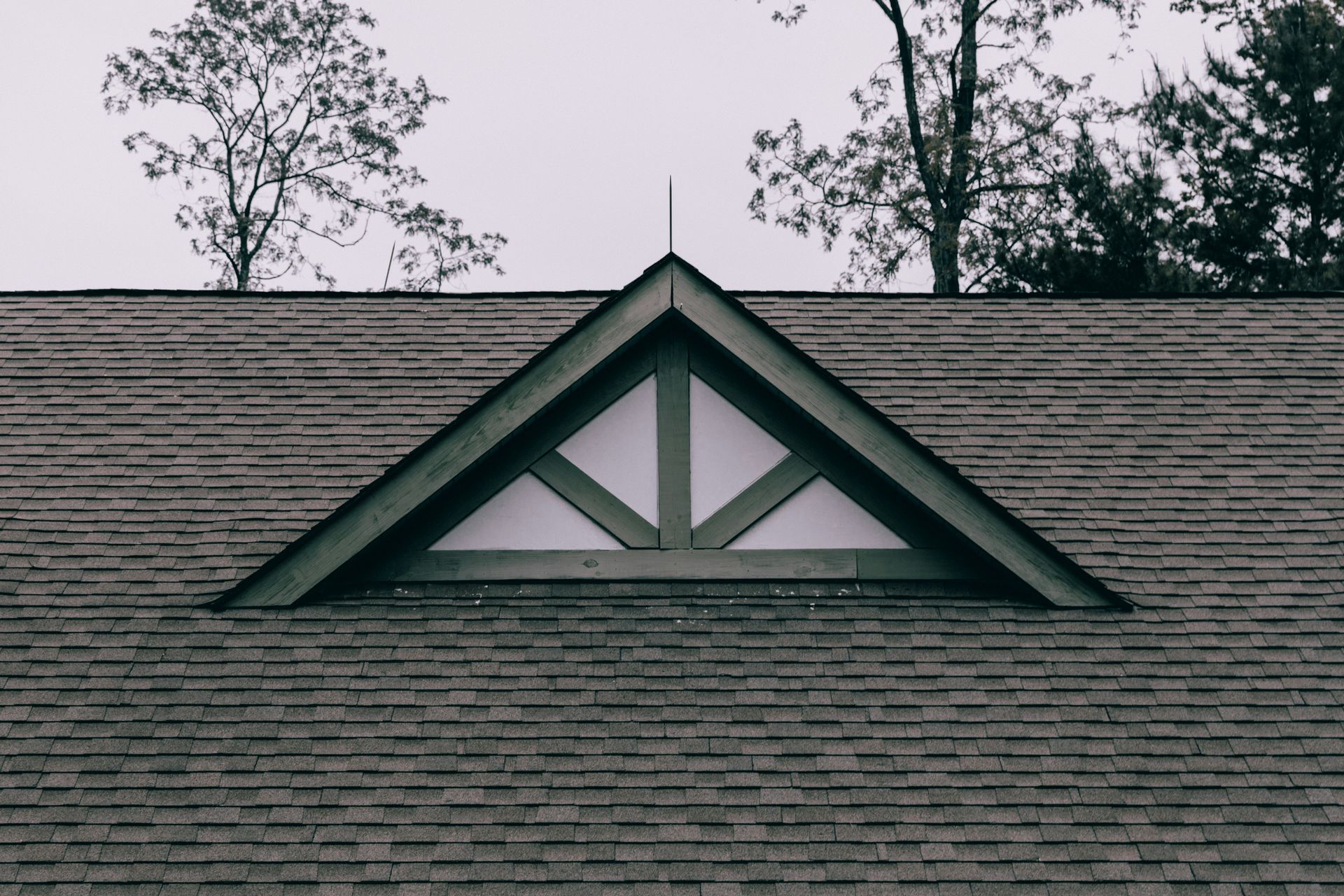
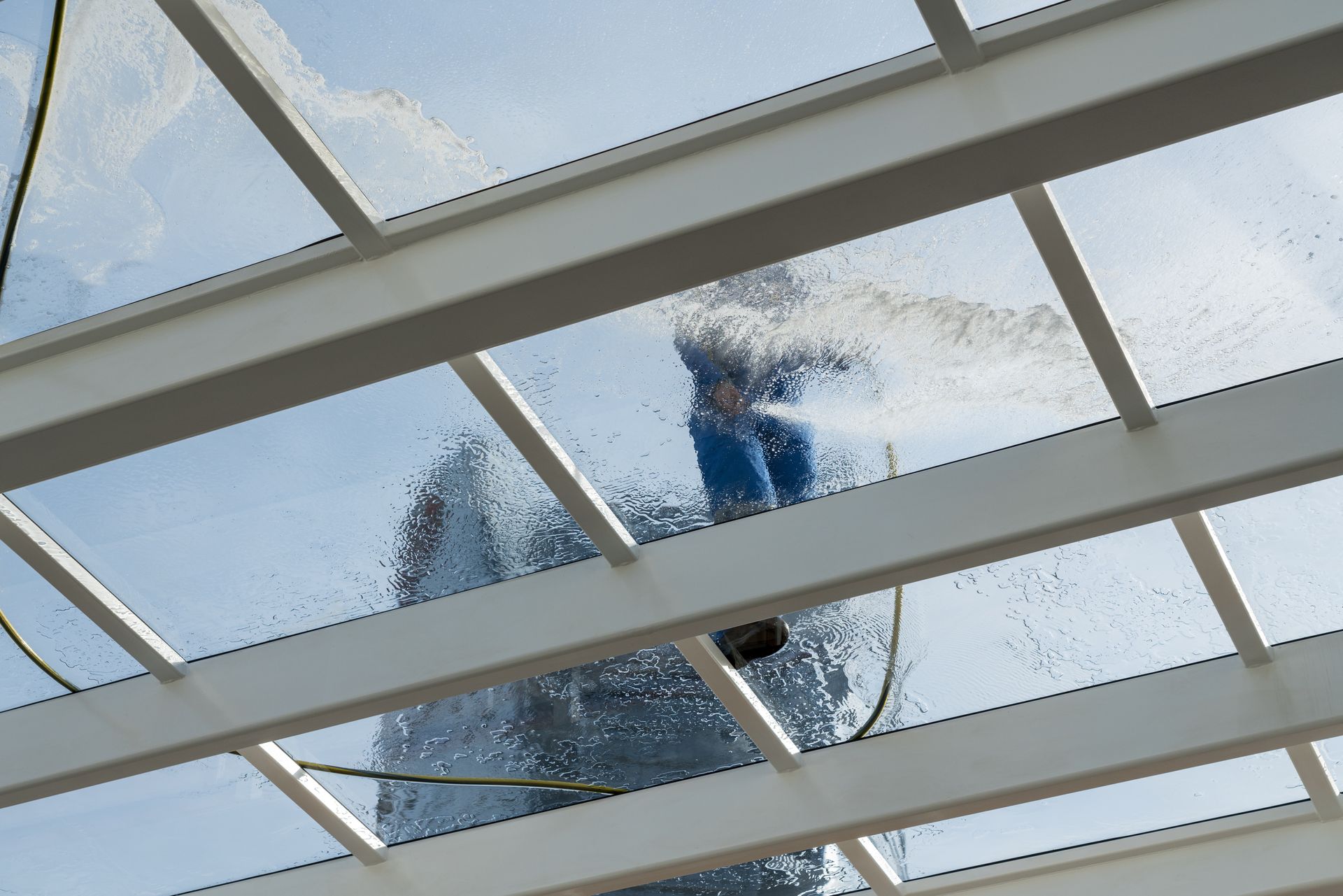
The Benefits of Professional Roofing Installation Services for Commercial and Residential Properties


